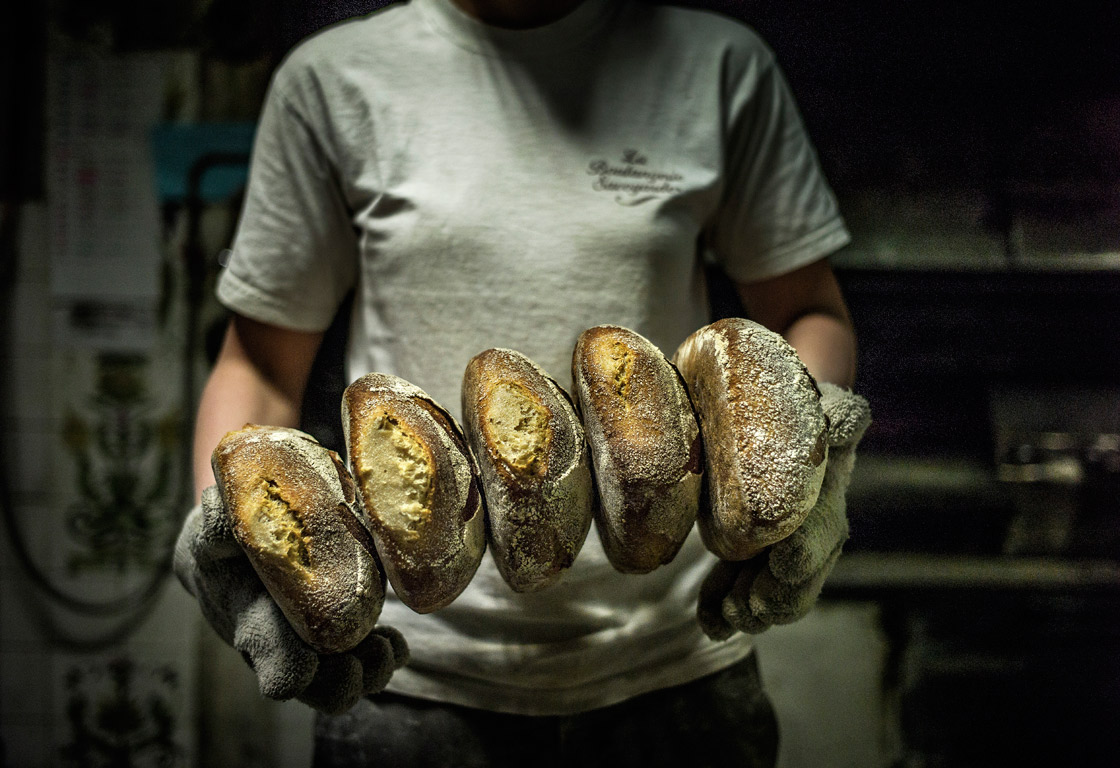TORONTO – Would you eat bread that’s 60 days old? A group of engineers and scientists hope so.

Texas-based technology company MicroZap claims it has developed technology that has the ability to keep bread mould-free for 60 days. Inventor Don Stull said the microwave device he and a group of engineers and scientists helped design can potentially reduce the amount of food Canadians waste.
“Food waste should be considered unacceptable and we are spoiled to an abundance of food in Canada and the U.S.,” said Stull in an e-mail interview with Global News. “Imagine being able to kill any bacteria on your fresh produce without cooking it, and be able to use it as a standard cooking appliance.”
A study released in October 2012 found Canadians are throwing away a whopping $27 billion dollars worth of food annually-a majority of which is from households. Bread is one of the worst offenders as it usually begins to grow mould spores within roughly 10 days.
FEATURE: Food waste – by the numbers
Stull said the technique uses patent pending technology that delivers microwaves from multiple sources to get even distribution of energy-without any hot or cold spots-and that it uses a combination of thermal and not-thermal effects to kill pathogens without cooking or changing the food’s quality.
- Honda expected to announce Ontario EV battery plant, part of a $15B investment
- Trudeau says ‘good luck’ to Saskatchewan premier in carbon price spat
- Canadians more likely to eat food past best-before date. What are the risks?
- Hundreds mourn 16-year-old Halifax homicide victim: ‘The youth are feeling it’
According to Stull, a group of scientists monitored mould growth after treating sliced bread in the company’s machine prototypes for 10 seconds. In the e-mail to Global News, Stull stated mould count was the same as a piece of bread out of the package and that consumers saw no noticeable change in quality.
The microwave-like device has already been used to treat food like raw turkey, peanuts and jalapenos from bacteria like salmonella and listeria. The company has already expanded its technology to kill the deadly superbug MRSA in hospitals and healthcare facilities, locker rooms and homes.
Stull said the health concerns associated with eating food that has been treated with this microwave technology are no different than those associated with your home microwave.
“It’s considered safe for your home use, however ours is different in that we are not cooking the food that we treat,” said Stull. “We use a combination of thermal and non-thermal effects to kill pathogens at temperatures below their known kill temperatures. More like a cold pasteurization process. Food is heated but not to the point where it is cooked or where its quality is changed.”
Food expert and assistant professor at University of Toronto’s Department of Molecular Genetics, Dr. William Navarre said that microwave treatment of food to reduce contamination by mould spores should be considered safe.
“It would certainly be as safe or safer than the addition of preservatives to bread,” said Navarre. “Have you ever read the list of ingredients on bread from a typical industrial-sized baking company? In theory we could get back to bread that has very simple ingredients – just flour, salt, sugar, yeast and water.”
Navarre said that while he believes the treatment would be effective at increasing the shelf life of products both on store shelves and in the home, the question that remains is whether a great reduction in waste is what the bread companies would make a priority out of.
“It’s not cheap to introduce this technology and there is an anti-incentive because customers would not have to buy as much bread if each loaf lasted longer,” said Navarre. “The selling point would have to be that the bread stays fresher without preservatives and the baking companies would have to see that this is something customers are willing to pay for.”
Stull said he believes the technology also has the potential to help the bread industry in several ways as it would allow regional bread companies to expand their territory.
“They are currently limited to a certain driving distance from the oven. A longer shelf life could help them expand their offering to new territories.”
Experts, however, say there are easier ways to cut down food waste. Old slices or pieces of bread can easily be turned into bread crumbs or used as croutons in your soup or salad.




Comments